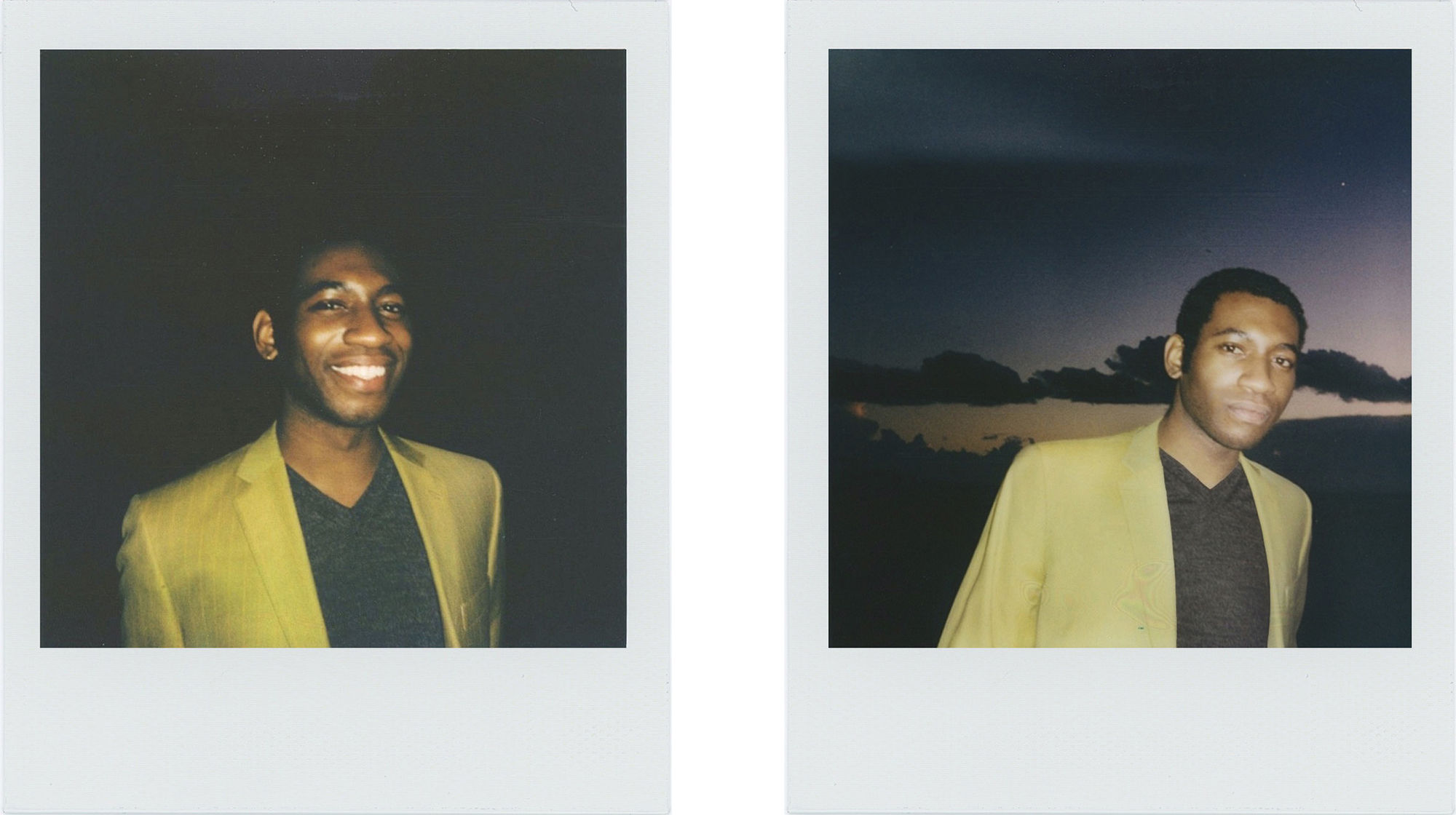Ever since she stepped on the scene in 2016, Megan Thee Stallion has been at the height of her game. But no star is ever a star solely because of their own work, and Megan Thee Stallion’s creative director team deserves their flowers too.
Check the throwback pics I been that bitch!
Megan Thee Stallion on “Girls in the Hood”

Whether it be with a new single, video, or bikini flick, Megan has been providing her hotties with the finest for years now. But 2020 still felt like her biggest rise yet.
Hot Girl Meg has been building her empire with the help of a few key creatives. Below we take a look back at the Houston rappers’ most iconic appearances and the visionaries that brought them to life.
DJ Chose
It’s hard to imagine the savage rapper as a college student, but Megan first garnered attention as the baddie dominating cyphers around campus at Texas Southern University.
She first dropped “Stalli Freestyle” when her Instagram freestyle videos began to circulate.
The video was shot and produced by PCrisco and DJ Chose in 2017. It features Meg delivering her bars on what appears to be an empty suburban street.
DJ Chose was a major part of Megan Thee Stallion’s early days, having known her as a child when she would come into the studio with her mom, rapper Holly Wood.
In an interview for All Hip-Hop, Chose reminisces: “Megan was family… I knew she was a star, that’s why I hopped on it so early.”

DJ Chose was Megan Thee Stallion’s first director
Meg’s “Stalli Freestyle” quickly went viral, and the video marked her first professional video debut.
DJ Chose was Megan Thee Stallion’s first official director. He directed most of her early content and helped get her on the industry’s radar.
But in the years before, she had signed to 1501 Certified Entertainment, and made the Tina Snow album that would change her life.
Young Megan has not only always known what she was about, but who to be around. Appearing in yellow camo pants and a black mesh top, Megan was as captivating then as she is now.
Munachi Osegbu
Munachi Osegbu is another creative genius, and once Megan’s favorite director, responsible for the way our hot girl coach blew up after that.
Osegbu dropped his debut video for “Big Ole Freak” as Megan entered Billboard Top 100 for the first time, marking a career-defining moment for both of them.

“Big Ole Freak” was the first of many collaborations to come between Megan and the creative director.
The video presents Megan and her hotties bouncing around a bubble bath in red latex or swinging from a hula-hoop in a graphic tee and strappy heels.
Thus, Osegbu was the first to capture what would become the rapper’s range of latex lingerie looks and bold aesthetic signature.
The Nigerian-born director followed up with Megan’s “Realer” video, inspired by afrofuturism and blaxploitation films.
Osegbu’s work reclaims the aesthetics of movies centered around Black criminals in Harlem, and transcends the politically fraught moment of the present.
Afrofuturism is… a reconceptualization of the past, present, and future for the African diaspora.
Munachi Osegbu for Surface Magazine, 2019

The 24 year-old videographers’ video for “Hot Girl Summer” won the Viewer’s Choice Award at the 2020 BET Awards.
He has since gone on to shoot for the likes of Nike, Rolling Stone, and Paper Magazine, and has shot for other artists like Saweetie and Diplo.
Osegbu’s love for fashion and bold color sets him apart from videographers that have tried similar styles. The hyper-saturated visuals give his videos a vitality that puts viewers in a trance, offering us a chance to become fully immersed in Meg’s Hot Girl reality.
Colin Tilley
Megan’s most recent hits have cemented her as a legend in the rap game, but also a music video phenomenon. Behind all of Megan Thee Stallion’s latest tantalizing, highly choreographed videos is director Colin Tilley.

Tilley’s collaborations with Megan has taken what has always been her bold, colourful image to the next level. In “Wap,” or “Cry Baby,” or “Body,” every part of the screen scales in and out in technicolor as the rapper dances center stage.
The videographer amplified Megan’s visions by incorporating surreal distortions, CGI work, and on some occasions even a live snake. All of the costumes, nails, and hair is exaggerated ten fold to suit the wonderland-esque quality of Tilley’s work, complete with six back up dancers.
Colin Tilley’s emphasis on the extensive choreography has also made Megan a TikTok trendsetter which has taken her online presence and career to another level.
At this point, I’ve worked with every artist out there and now it’s just about how a song will make me feel and challenge me. When you’re in the creative field like we are, what drives us more than anything? And that’s a new challenge.
Colin Tilley for Billboard, 2020
As the CEO and owner of Boy in the Castle Productions, Colin has worked with everyone from Kendrick Lamar to Fergie to Missy Elliott.
And thus, he has managed to create videos that are larger than life every time. They are thematically center around distortions of reality, both of which have earned him widespread recognition in the industry.
With several accolades under his belt, including a Grammy nomination for Best Direction and countless other nominations, Tilley shows no sign of slowing down any time soon.
DJ Chose, Osegbu, and Tilley are creative directors changing the content game
Megan Thee Stallion’s skyrocketing fame can be chalked up to her immense talent. But of course, creative direction takes more than that.
DJ Chose, Munachi Osegbu, and Colin Tilley are at the top of their games too. And they have directly helped Meg’s star rise.
They are helpful and dedicated creatives, who deserve our attention too.




